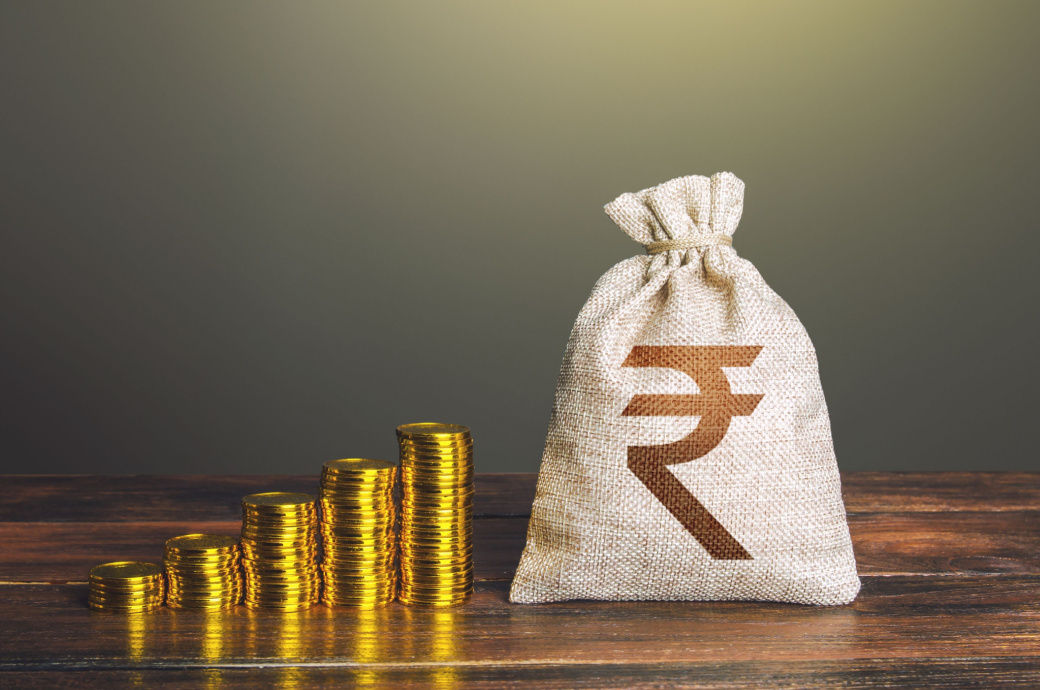
Goods exports (INR terms) rose by a sharp 30 per cent YoY in the Q1 FY23 but was outpaced by a 56 per cent rise in imports owing to higher commodity purchases, resulting in near doubling of the trade deficit. Drag from net exports is likely to be wider in the quarter, DBS said.
Unfavourable external environment and exogenous forces will act as counterweights, including impact of the heatwave on farm output followed by uneven start to the monsoon, sharp rise in commodity prices impinging on corporate margins and an uncertain global environment, it noted.
Rural consumption was mixed, especially non-farm activity which lagged the lift in urban demand. Farm incomes likely received a boost from the positive terms of trade, DBS said in a release.
Banks’ credit growth also rose in the period, whilst deposits accumulation slowed. On the fiscal math, higher spending needs from increase in subsidies, cuts in excise duties etc. were offset by higher revenue collections—both direct and indirect.
On the investment end, lead indicators have been encouraging. Pick up in capacity utilisation rates are back above its long-run average.
Public capital expenditure is likely to be a bigger support in this cycle as private sector participation might be in the slow lane, due to rising input prices and renewed uncertainty over the global growth outlook, DBS said.
Q1 FY23 gross foreign direct investment flows were also supportive at $22.3 billion (net $16.1 billion), marginally lower than Q1 FY22 at $23 billion (net $17.2 billion), DBS added.
ALCHEMPro News Desk (DS)
Receive daily prices and market insights straight to your inbox. Subscribe to AlchemPro Weekly!